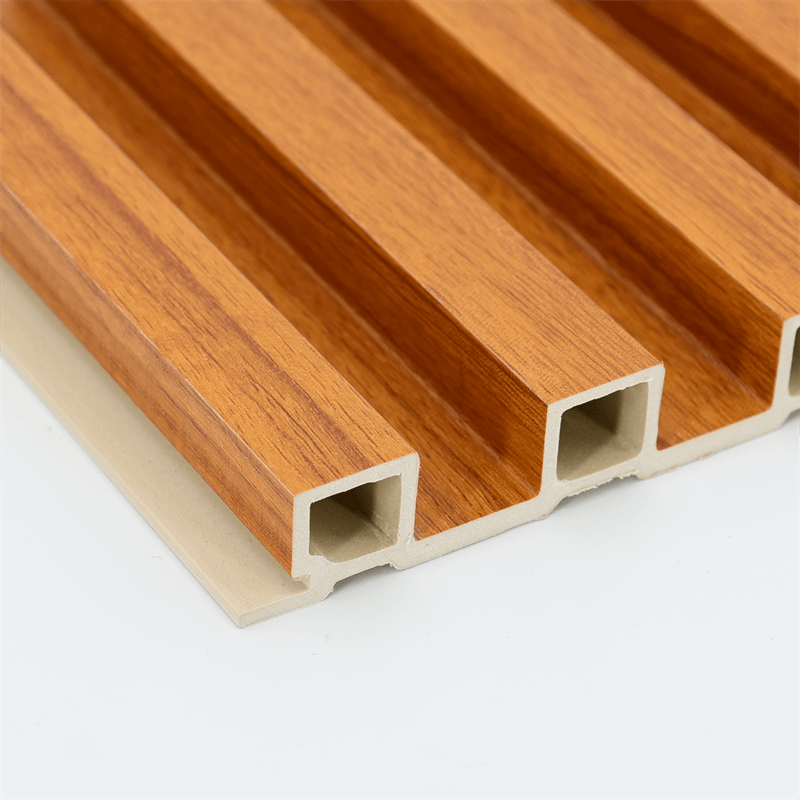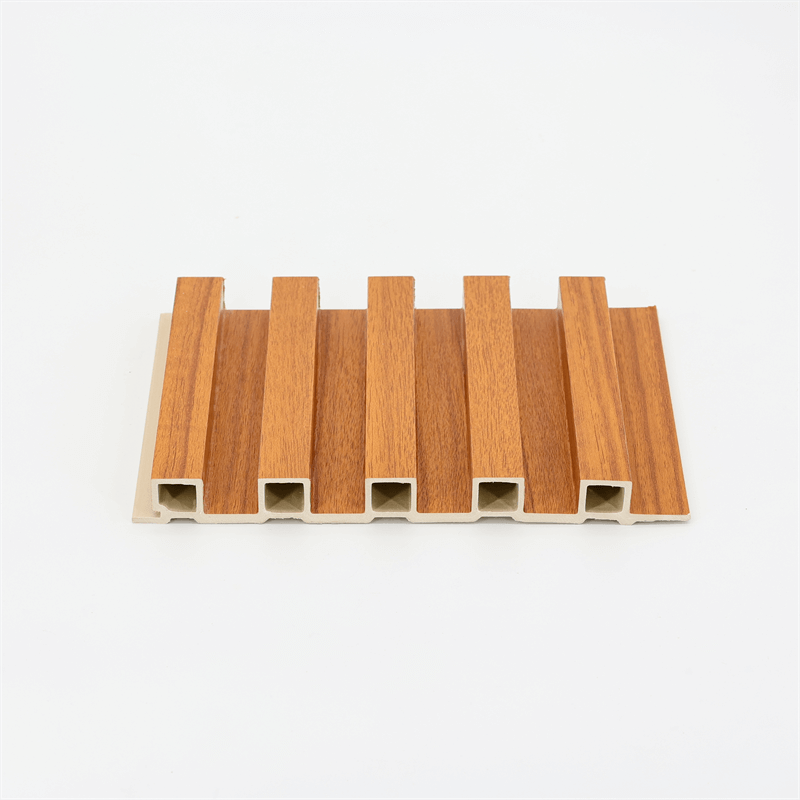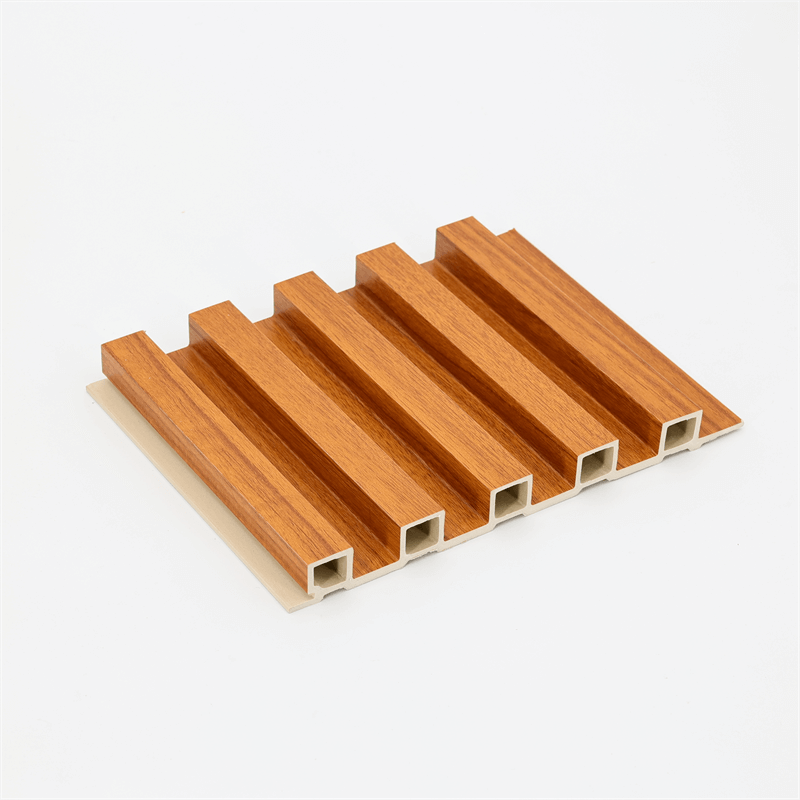Wood-Plastic Composite (WPC) wall panels have become a popular choice in the construction industry worldwide due to their eco-friendly nature, durability, and cost-effectiveness.
In Kenya, these panels have not only revolutionized conventional building practices but have also found innovative applications across various sectors.
Beyond their traditional use in residential and commercial buildings, WPC wall panels are now being employed in creative and groundbreaking ways, transforming Kenya’s architectural landscape.
This essay explores the innovative uses of WPC wall panels in Kenya, showcasing their versatility and potential beyond conventional construction.

1. Sustainable Outdoor Infrastructure:
Kenya, known for its breathtaking landscapes and thriving wildlife, is witnessing a growing demand for sustainable outdoor infrastructure.
WPC wall panels have emerged as a solution to create durable and eco-friendly outdoor spaces.
From bridges and boardwalks to gazebos and jetties, these panels offer excellent resistance to moisture, UV rays, and pests, making them ideal for the country’s diverse climate.
One of the most innovative uses of WPC wall panels in sustainable outdoor infrastructure is the construction of eco-friendly footbridges in national parks and reserves.
These bridges not only provide safe passage for visitors but also minimize the environmental impact on the surrounding ecosystem.
The use of recycled materials in WPC panels further aligns with Kenya’s commitment to wildlife conservation and environmental preservation.
Furthermore, WPC wall panels are being utilized to construct eco-trails and elevated walkways in sensitive natural habitats.
These trails allow visitors to explore the beauty of Kenya’s wildlife and landscapes while ensuring minimal disruption to the delicate ecosystems below.
2. Sustainable Farming Solutions:
In Kenya’s agricultural sector, WPC wall panels have found innovative applications to support sustainable farming practices.
The panels’ weather resistance and durability make them ideal for constructing eco-friendly structures such as greenhouses, animal shelters, and storage sheds.
Greenhouses built with WPC panels offer several advantages over conventional structures.
The panels’ insulation properties help maintain stable temperatures, creating an ideal environment for plant growth.
Moreover, the UV resistance of WPC panels ensures that they withstand prolonged exposure to sunlight without fading or deteriorating.
This longevity reduces the need for frequent replacements, contributing to cost savings for farmers.
For animal husbandry, WPC wall panels are being used to create comfortable and hygienic animal shelters.
These shelters provide protection from the elements and are easy to clean, ensuring the well-being of livestock while promoting sustainable farming practices.

3. Sustainable Event and Exhibition Spaces:
WPC wall panels have also made a significant impact on the events and exhibitions industry in Kenya.
Event organizers are increasingly utilizing these panels to create sustainable and visually appealing exhibition spaces.
WPC panels serve as excellent partition walls, allowing for flexible and customizable layouts to suit the needs of different exhibitors.
The lightweight nature of WPC panels makes them easy to transport and install, saving time and labor during event setup.
Their aesthetic appeal, coupled with their eco-friendly composition, adds a touch of elegance to event spaces while aligning with the sustainability objectives of event organizers.
In addition to exhibitions, WPC wall panels are also being utilized for temporary event structures, such as stages and pop-up shops.
The panels’ easy installation and dismantling ensure minimal environmental impact during the event’s lifecycle.
4. Innovative Interior Design:
Beyond conventional building practices, WPC wall panels have found a place in innovative interior design solutions.
Interior designers in Kenya are creatively incorporating these panels to create unique and sustainable living and working spaces.
One prominent application is the use of WPC panels for decorative wall coverings and textured surfaces.
The panels’ ability to mimic the appearance of natural wood adds warmth and elegance to interiors, while the eco-friendly aspect resonates with environmentally conscious homeowners and businesses.
Interior designers are also exploring the use of WPC panels to create stylish and sustainable furniture pieces.
From modern coffee tables to contemporary bookshelves, WPC panels offer a versatile material for furniture design that complements the overall interior aesthetic.

The innovative uses of WPC wall panels in Kenya have gone beyond conventional building practices, demonstrating their versatility and potential across various sectors.
From sustainable outdoor infrastructure to agricultural solutions, from event spaces to interior design, WPC panels have proven to be a valuable resource in Kenya’s sustainable development journey.
The wide-ranging applications of WPC wall panels in diverse sectors reflect Kenya’s commitment to environmental consciousness and sustainability.
As the country continues to embrace eco-friendly practices, the demand for WPC panels is set to grow, driving innovation in construction and design industries.
As an eco-friendly and elegant building material, WPC wall panels continue to contribute to a greener and more sustainable future for Kenya.
By pushing the boundaries of creativity and exploring new applications, these panels will undoubtedly play a pivotal role in shaping Kenya’s architectural landscape for generations to come.